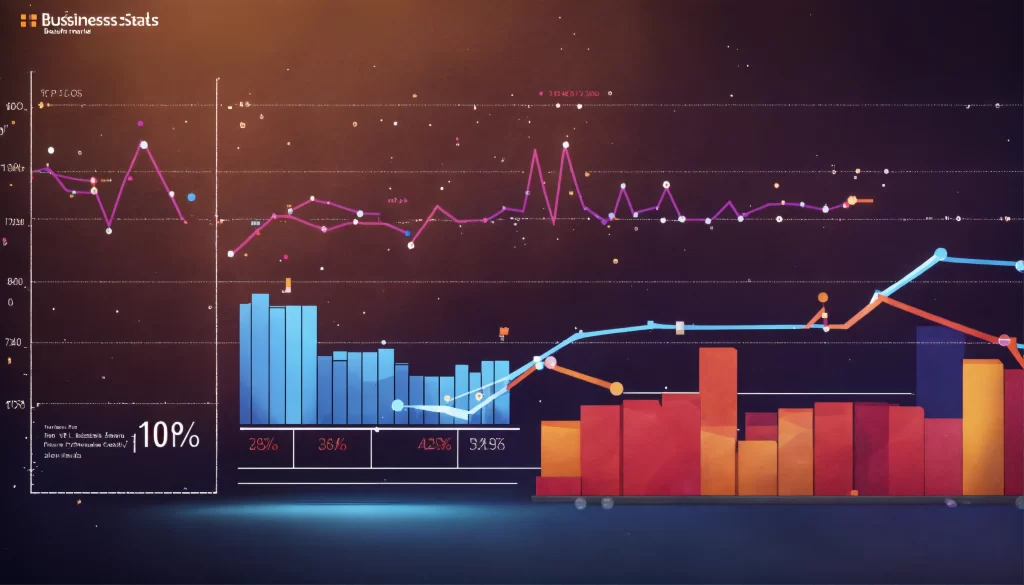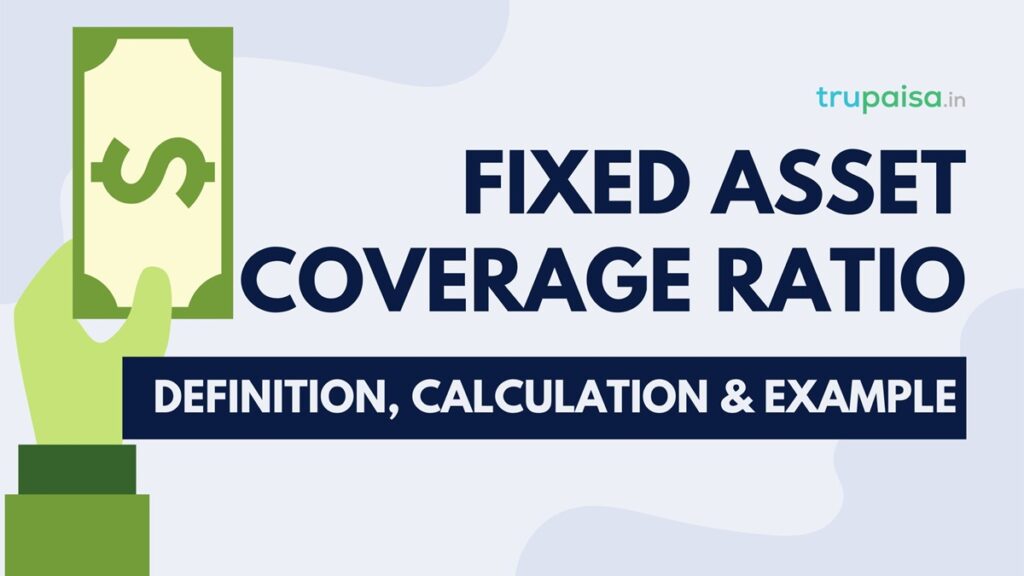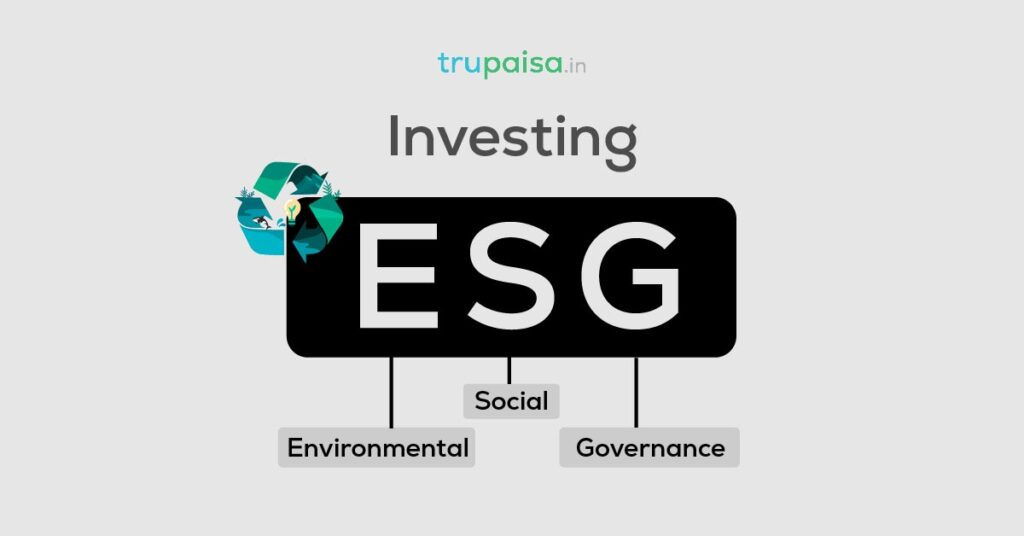Quick Summary: Feeling unsure about your long-term debt? The Fixed Asset Coverage Ratio (FACR) is your friend! It’s like a financial check-up, showing how well you can cover your long-term loans (like mortgages or car loans) by selling your assets (excluding things like your brand name). A higher FACR (above 1) generally indicates better financial health, but it’s just a starting point. By understanding your FACR, you can take control and build a stronger financial future, one step at a time!
Introduction

Ever wonder how financially stable you truly are?
It goes beyond just your income; it’s about your ability to manage debt effectively.
Today, I’m here to introduce you to a powerful tool that can help assess your financial health: the Fixed Asset Coverage Ratio.
By the end of this blog post, you’ll gain a thorough understanding of the Fixed Asset Coverage Ratio , how to calculate it, and what it means for your financial well-being.
You’ll also learn practical tips to improve your Fixed Asset Coverage Ratio and take control of your financial future. Let’s dive in!
Also Read: Moneytap Review || Is it Real Or, Fake?
What is the Asset Coverage Ratio?

The Asset Coverage Ratio is a financial assessment of your ability to manage long-term debt.
Assume you have a car loan and are unsure whether you are financially stable enough to repay it. This ratio will help you answer that!
It works by comparing your overall assets (what you possess) against your total debt, particularly long-term debt such as mortgages or auto loans.
It effectively asks: if you sold everything you own (except for your brand name, which cannot be sold), could you pay off your long-term debt?
The greater the ratio, the better! It indicates that you have more “cushion” and are less likely to struggle with debts.
A ratio less than one may indicate that you should prioritize debt repayment or asset growth (such as saving or investing) to enhance your financial health.
Remember that this is a one-time picture, and your financial status may change. However, the Asset Coverage Ratio is a useful tool for monitoring and understanding your overall financial picture!
Also Read: Navi Loan App Review: Pros & Cons: Is it legit?
Formula Of Fixed Asset Coverage Ratio (FACR)

The Fixed Asset Coverage Ratio formula might look scary at first, but it’s actually quite simple once you break it down! Imagine you’re having a garage sale to pay off your long-term debts, like your car loan.
This ratio helps you figure out how much “stuff” you’d need to sell to cover everything.
Here’s the formula, explained step-by-step:
Gather your financial info
- Total Assets: This is everything you own, found on your balance sheet.
- Intangible Assets: These are things you can’t sell, like your brand name (subtract this from total assets).
- Current Liabilities: Debts due within a year, also on your balance sheet.
- Short-Term Debt: Part of your current liabilities due within a year (subtract this from current liabilities).
- Total Debt: All your long-term loans (like mortgages and car loans).
Plug it into the formula
Fixed Asset Coverage Ratio = [(Total Assets – Intangible Assets) – (Current Liabilities – Short-Term Debt)] / Total Debt
Interpret the result
The answer tells you how many times you could cover your long-term debt by selling your assets (excluding things like your brand name).
Remember, this is just a snapshot of your financial health at a specific point in time.
While a higher ratio is generally better, it’s crucial to consider your overall financial situation and consult a financial advisor if you have any concerns.
Also Read: Namita Thapar || An Inspiring Story
Calculations Of Fixed Asset Coverage Ratio (FACR)
Let’s get down to the nitty-gritty of calculating the Fixed Asset Coverage Ratio with a fun example!
Scenario: Imagine you own a bakery called “Lucky Treats”. Here’s some financial information:
- Total Assets: $200,000 (equipment, building, ingredients, etc.)
- Intangible Assets: $20,000 (your amazing secret recipe, brand name)
- Current Liabilities: $30,000 (money owed to suppliers, short-term loans)
- Short-Term Debt: $10,000 (part of that short-term loan)
- Total Debt: $100,000 (long-term mortgage on the building)
Now, let’s use the formula:
- Adjustable Assets: Total Assets ($200,000) – Intangible Assets ($20,000) = $180,000
- Adjustable Current Liabilities: Current Liabilities ($30,000) – Short-Term Debt ($10,000) = $20,000
- Time to calculate! Fixed Asset Coverage Ratio = ($180,000 – $20,000) / $100,000 = 1.6
What does this mean?
Your Fixed Asset Coverage Ratio of 1.6 is good news! It means that if you sold all your tangible assets (building, equipment, etc.), you could cover your long-term debt 1.6 times over.
Imagine your bakery has a lower total asset value of $100,000 and a higher total debt of $80,000. Let’s plug those numbers in:
Fixed Asset Coverage Ratio = ($100,000 – $20,000 – $20,000) / $80,000 = 0.75
This ratio is less than 1, which suggests you might struggle to cover your long-term debt if you had to rely solely on selling your assets. This would be a signal to either try reducing your debt or increasing your assets!
Remember: The Fixed Asset Coverage Ratio is just one part of understanding your financial health. It’s important to look at your overall picture and make sure you’re on a solid financial path!
Interpretation and Analysis Using Fixed Asset Coverage Ratio (FACR)

As you know by now, The Fixed Asset Coverage Ratio is a helpful tool to understand your financial health, but how do you interpret the number and use it for good?
Let’s break down some examples and see what they tell us:
Scenario 1: The Bakery with a Strong Ratio
Imagine you own a bakery and your Fixed Asset Coverage Ratio is 2.
This means if you had to sell everything you own (excluding your secret recipe!), you could cover your long-term debt twice over.
This is a good sign! It indicates you have a solid financial cushion and can likely handle your debts comfortably.
Scenario 2: The Cafe with a Moderate Ratio
Now, let’s say you run a cafe and your Fixed Asset Coverage Ratio is 0.8.
This means you could only cover your long-term debt by selling your assets (excluding intangibles) and using slightly less than the total amount.
This suggests you might want to focus on:
- Reducing debt: Pay off existing debt or avoid taking on new long-term loans.
- Increasing assets: Invest in things like real estate or stocks that can grow in value over time.
Scenario 3: The Restaurant with a Low Ratio
Finally, imagine your restaurant has a Fixed Asset Coverage Ratio of 0.5.
This means you would only be able to cover half of your long-term debt by selling your assets. This is a cause for concern and might indicate:
- Potential financial strain: You might struggle to meet your debt obligations in the future.
- Need for a plan: It’s crucial to create a plan to reduce debt and improve your financial health. This might involve consulting a financial advisor to develop a personalized strategy.
Remember: These are just examples, and the ideal Fixed Asset Coverage Ratio can vary depending on your individual circumstances. It’s important to consider your:
- Industry: Different industries have different average ratios.
- Age: Younger individuals might have lower ratios as they build assets and debt.
- Financial goals: If you plan to take on more debt, you might need a higher ratio beforehand.
The key takeaway? The Fixed Asset Coverage Ratio is a valuable tool for understanding your financial health. Use it to identify potential areas of concern and take action to build a stronger financial future!
Also Read: Cred Review: Is Cred App Safe to Use
Pros & Cons Of Fixed Asset Coverage Ratio (FACR)
Pros Of FACR
- Simple to calculate: Uses readily available financial information.
- Identifies potential risks: Low ratio highlights potential difficulty managing debt.
- Provides a benchmark: Track your financial progress by comparing your ratio to industry averages or your historical data.
- Encourages strategic planning: Informs financial decisions like debt repayment or asset investment.
Cons Of FACR
- Limited scope: Only considers assets and debt, ignoring income, cash flow, and savings.
- Sensitivity to industry: Ideal ratio varies across industries, making comparisons misleading.
- Snapshot in time: Reflects only a single point in time, not the whole financial picture.
- Potential for misinterpretation: High ratio doesn’t guarantee financial well-being, and a low ratio alone shouldn’t cause panic.
Also Read: Best Banks For Salary Account In India || Benefits
Tips to Improve Your Fixed Asset Coverage Ratio (FACR)

A healthy Fixed Asset Coverage Ratio (FACR) signifies your ability to manage long-term debt. Here are some practical tips, along with examples, to improve your FACR:
Reduce Long-Term Debt
Lets try to understand this with the help of an example.
Example: Pay off existing loans faster by increasing monthly payments or utilizing lump sums from bonuses or savings. Let’s say your current loan balance is $50,000, and you increase your monthly payment by $100. This lowers your total debt and can improve your FACR over time.
Increase Your Assets
- Invest: Consider investing in assets that appreciate in value, like real estate or stocks, for long-term growth.
- Save consistently: Regularly contribute to savings accounts or retirement plans. Even small amounts add up over time, increasing your total assets.
Example: Imagine you invest $2,000 every month for five years, and the investment grows at an average rate of 5% per year. This could significantly increase your total assets and boost your FACR.
Manage Current Liabilities Efficiently
- Pay bills on time: Avoid late fees and penalties that increase your current liabilities.
- Negotiate lower interest rates: Contact lenders or service providers to see if you can negotiate better interest rates on your existing debt, reducing your debt burden.
Also Read: P2P Lending In India- A Complete Guide
Example: By paying off a credit card with a high interest rate and switching to a card with a lower rate, you can save money on interest payments and improve your overall financial health, impacting your FACR positively.
Besides this, ensure that you remember the following:
- The “ideal” FACR can vary depending on factors like industry, age, and financial goals.
- Regularly monitor your FACR to track your progress and adjust your approach as needed.
- Consider consulting a financial advisor for personalized guidance on improving your financial health and FACR.
By following these tips and applying them to your specific circumstances, you can take control of your finances and work towards a stronger Fixed Asset Coverage Ratio!
Also Read: HDFC Sky Review | Brokerage Charges, Free Demat A/c
Conclusion
In wrapping up our exploration of the Fixed Asset Coverage Ratio, we unveil a powerful financial tool that unveils a company’s ability to cover its fixed costs.
Personally, delving into this ratio has illuminated the intricate balance between assets and liabilities, highlighting the essence of financial prudence.
The Fixed Asset Coverage Ratio serves as a compass, guiding investors and stakeholders towards sound financial decisions and risk management strategies.
Embracing this ratio empowers us to navigate the dynamic landscape of investments with clarity and confidence.
Let’s harness this knowledge to steer our financial endeavors towards prosperity and stability, armed with the insights gained from understanding the Fixed Asset Coverage Ratio.
FAQs
What is a good asset coverage ratio?
A strong Asset Coverage Ratio is often more than one, suggesting that a company’s assets surpass its obligations.
This indicates that the corporation has sufficient tangible assets to cover its debts comfortably.
While the optimal ratio varies by business, a larger ratio typically indicates financial stability and reduced risk.
Investors and lenders must search for ratios greater than one to ensure that a company can pay its financial obligations and weather economic downturns with ease.
What is the minimum fixed asset coverage ratio?
While there is no “minimum” Fixed Asset Coverage Ratio (FACR) that applies to everyone, a ratio less than one typically indicates future difficulties in managing long-term debt.
This means that if you sold everything you own (with the exception of your brand name), you may struggle to pay off your long-term loans.
Remember, the FACR is only one component of your financial puzzle. Consult a financial counselor for specialized guidance on debt management and securing your financial future!
What is a bad coverage ratio?
A “bad” coverage ratio depends on the specific type of ratio, but generally, a ratio below 1 is a cause for concern.
Imagine it like a score on a financial test.
While a higher score is generally better, a score below 1 suggests there might be an issue, like struggling to pay off debt.
It’s a signal to talk to a financial advisor or take steps to improve your financial health.
Is a higher or lower fixed asset ratio better?
Feeling unsure about your financial health? The Fixed Asset Coverage Ratio (FACR) is like a simple check-up!
It shows how well you can handle long-term debt, like mortgages or car loans.
A higher number is generally better, but don’t worry, it’s just a starting point. By understanding your FACR, you can take control and build a stronger financial future, one step at a time!
How do you increase fixed asset ratio?
To increase the Fixed Asset Ratio, focus on enhancing the value of your tangible assets through regular maintenance, upgrades, and strategic investments.
By improving the condition and efficiency of fixed assets, you can boost their overall value, leading to a higher Fixed Asset Ratio.
Additionally, consider diversifying your asset portfolio and seeking professional advice to optimize asset management practices for better financial health and stability.
Is goodwill a fixed assets?
No.
Imagine you own a bakery with a famous recipe and everyone loves it!
That special something that makes your business unique, even beyond its physical assets like ovens and mixers, is called goodwill.
It’s an intangible asset, meaning you can’t hold it in your hand, but it still has value! Unlike equipment, goodwill is considered a fixed asset, meaning it contributes to your business’s long-term value.
What are the three types of goodwill?
Goodwill can be like your financial reputation, and there are three main types:
- Purchased Goodwill: This is the extra money you pay for a business that’s doing well, kind of like a bonus for its good name and loyal customers.
- Inherent Goodwill: This is the value a business has built up on its own, like having a great location or a friendly atmosphere. It’s like the good reputation you earn over time.
- Personal Goodwill: This is the value tied to a specific person in the business, like a well-known owner or chef. It’s like the trust people have in that individual.
My Social Links: Quora, Facebook, Linkedin, Pinterest, X (Twitter)








